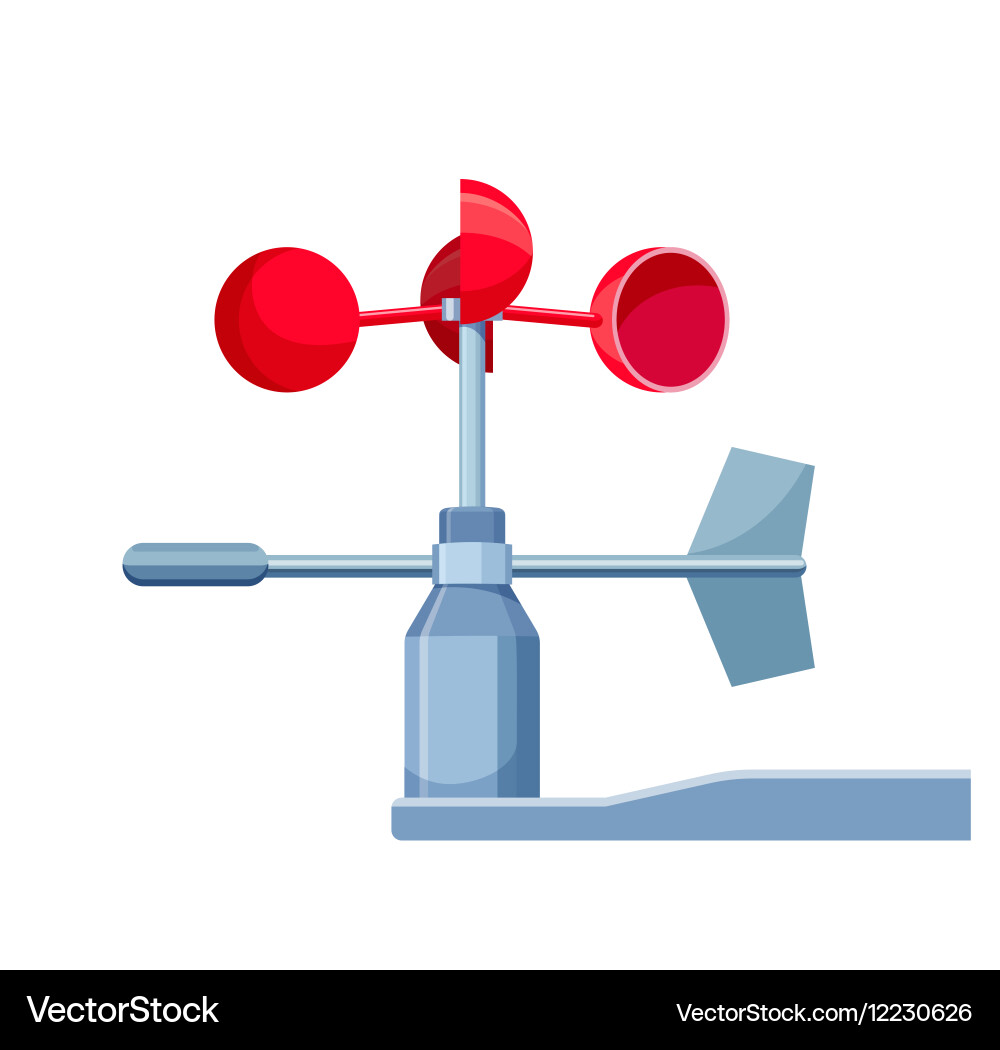Contrasting Digital and Mechanical Anemometers: Which is Right for You?
Contrasting Digital and Mechanical Anemometers: Which is Right for You?
Blog Article
All You Need to Understand About Anemometers: Exactly How They Work, Why They Matter, and Where to Utilize Them
Anemometers, though often neglected in the world of clinical instruments, play a vital role in various fields, offering important insights right into wind speed and air movement patterns. As we dig into the details of anemometer technology, we will certainly discover the inner workings of these devices, their significance, and the key factors to consider when picking the right anemometer for details applications.

Anemometer Essentials
A vital instrument used to gauge wind speed and direction, the anemometer plays a critical role in meteorology and different markets. An anemometer normally contains 3 or four mugs that revolve in the wind, a vane that directs right into the wind, and sensors to track the movements or turnings. By computing the turnings or motions over a details amount of time, the anemometer can identify wind speed. The vane helps identify wind direction by directing into the wind, giving beneficial information for weather projecting, air travel, maritime procedures, environmental surveillance, and wind power applications.
There are different kinds of anemometers offered, including cup anemometers, vane anemometers, hot-wire anemometers, and sonic anemometers, each with its unique attributes and applications. Mug anemometers are frequently utilized for fundamental wind rate dimensions, while vane anemometers are preferred for directional dimensions.
Concepts of Anemometer Operation
Structure on the fundamental understanding of anemometer fundamentals, the concepts of anemometer procedure illuminate the technicians behind wind rate and instructions measurements. Cup anemometers, for instance, have 3 or more mugs that record the wind, triggering them to rotate faster as the wind rate increases. Hot-wire anemometers rely on a warmed cord that cools down as wind passes over it, with the price of cooling down establishing the wind rate.
Importance of Anemometers
The significance of anemometers in meteorology and numerous markets can not be overstated. Anemometers play a critical function in determining wind speed and direction, supplying important information for climate forecasting, environment studies, ecological tracking, and aeronautics operations. Meteorologists count on anemometers to gather precise wind data, helping them comprehend weather patterns, predict storms, and concern prompt cautions to the public. In sectors such as construction, farming, renewable power, and maritime procedures, anemometers are used to optimize procedures, ensure safety and security, and enhance effectiveness. As an example, wind farm operators use anemometers to analyze wind conditions and optimize electricity manufacturing from wind generators. In the maritime market, anemometers aid ship navigating by providing real-time wind details to captains, assisting them make educated choices to make certain secure voyages. Generally, anemometers are essential devices that contribute considerably to safety, performance, and educated decision-making in weather forecasting and a variety of sectors.
Applications Across Various Industries
Applications of anemometers extend across varied markets, showcasing their adaptability and energy beyond meteorology. In the eco-friendly energy industry, anemometers play an important duty in assessing wind problems for wind farm placements, guaranteeing optimum energy manufacturing. Industries like building and construction and mining utilize anemometers to keep an eye on wind rates, important for safety procedures, especially when operating at elevations or in open-pit mines where strong winds can posture dangers. Anemometers are also essential in the air travel market, aiding pilots in recognizing airspeed and wind instructions for risk-free take-offs and touchdowns. The maritime industry advantages from anemometers for ship navigation, aiding sailors anticipate weather changes and readjust courses as necessary. In farming, anemometers help farmers in taking care of crop splashing by giving real-time data on wind speed to avoid drift. Furthermore, anemometers discover applications check out here in heating and cooling systems to maximize airflow and improve energy you can check here efficiency in buildings. The varied usage cases of anemometers highlight their value across various markets, highlighting their essential duty in enhancing functional security and effectiveness (anemometer).

Choosing the Right Anemometer for Your Demands
For general objectives, a mug anemometer is appropriate for determining wind rate, while a vane anemometer provides wind instructions information. Hot-wire anemometers are perfect for low airspeed measurements, and ultrasonic anemometers use high precision and resilience.

Conclusion
In verdict, anemometers play an important duty in measuring wind rate and direction throughout numerous markets. It is vital to think about the relevance of anemometers in order to make enlightened decisions when picking the most ideal device for determining wind problems.
There are various types of anemometers available, consisting of cup anemometers, vane anemometers, hot-wire anemometers, and sonic anemometers, each with its unique features and applications. Mug anemometers are typically used for basic wind rate measurements, while vane anemometers are favored for directional dimensions. Hot-wire anemometers are appropriate for reduced airspeeds, and sonic anemometers are suitable for high-precision measurements in research this hyperlink and commercial setups.Building on the fundamental understanding of anemometer essentials, the concepts of anemometer operation illuminate the auto mechanics behind wind rate and direction measurements. For basic objectives, a mug anemometer is suitable for measuring wind speed, while a vane anemometer supplies wind instructions data.
Report this page